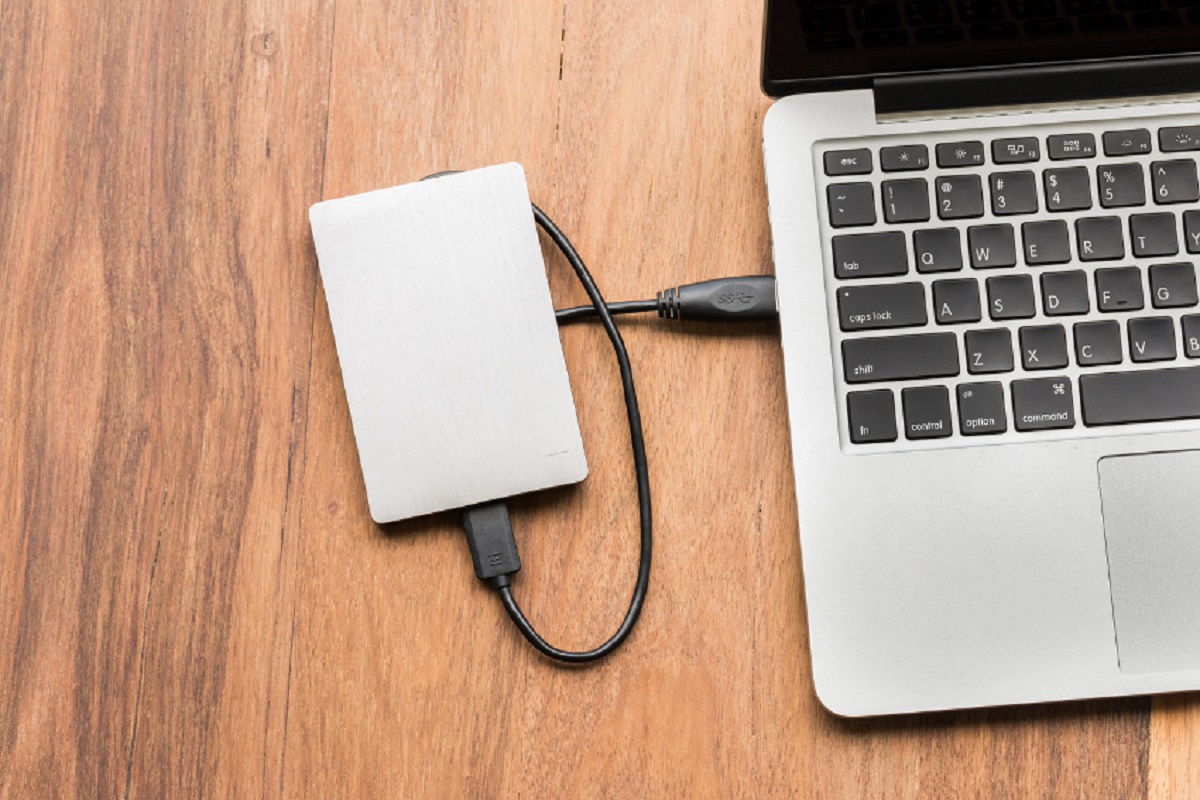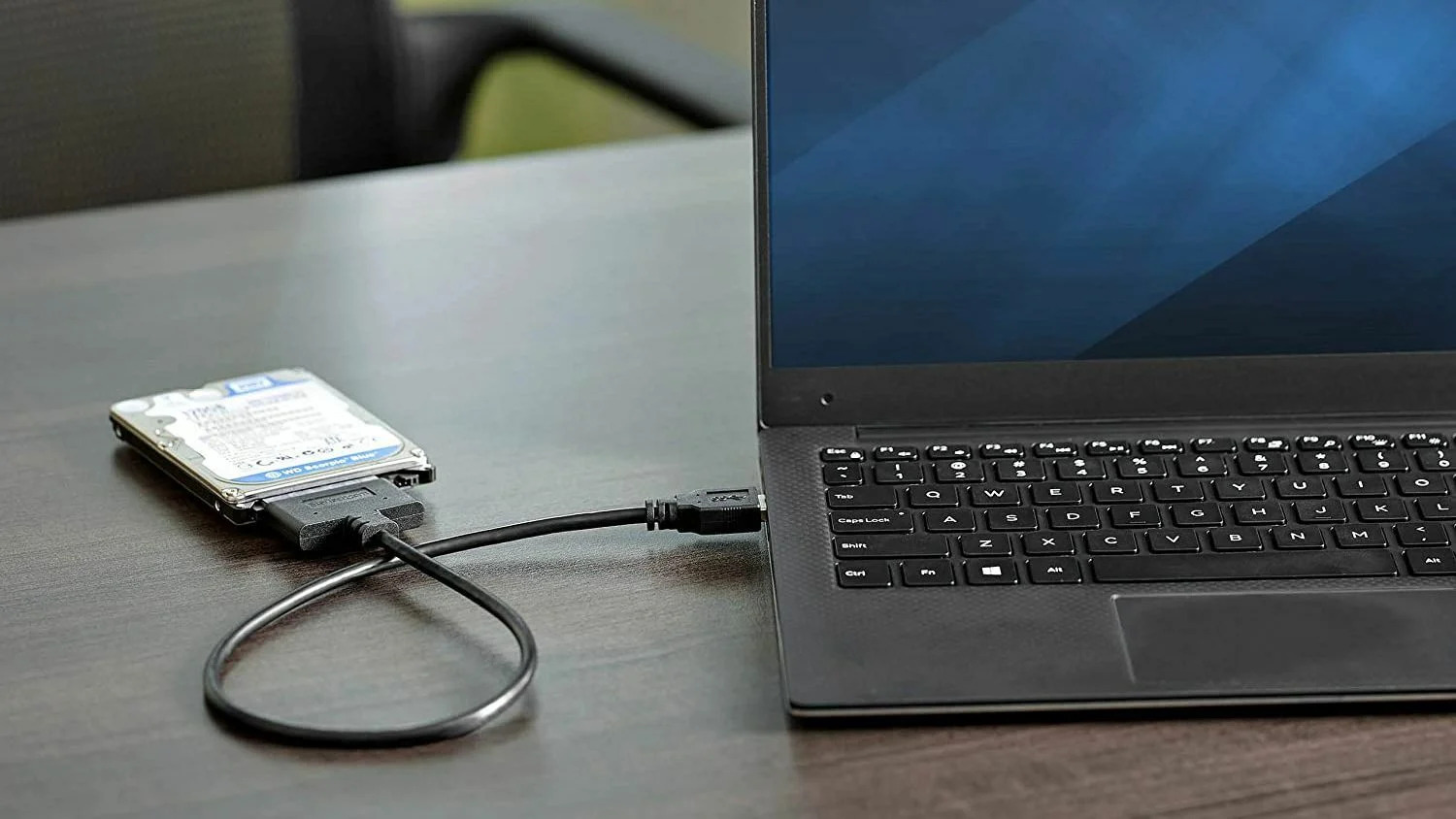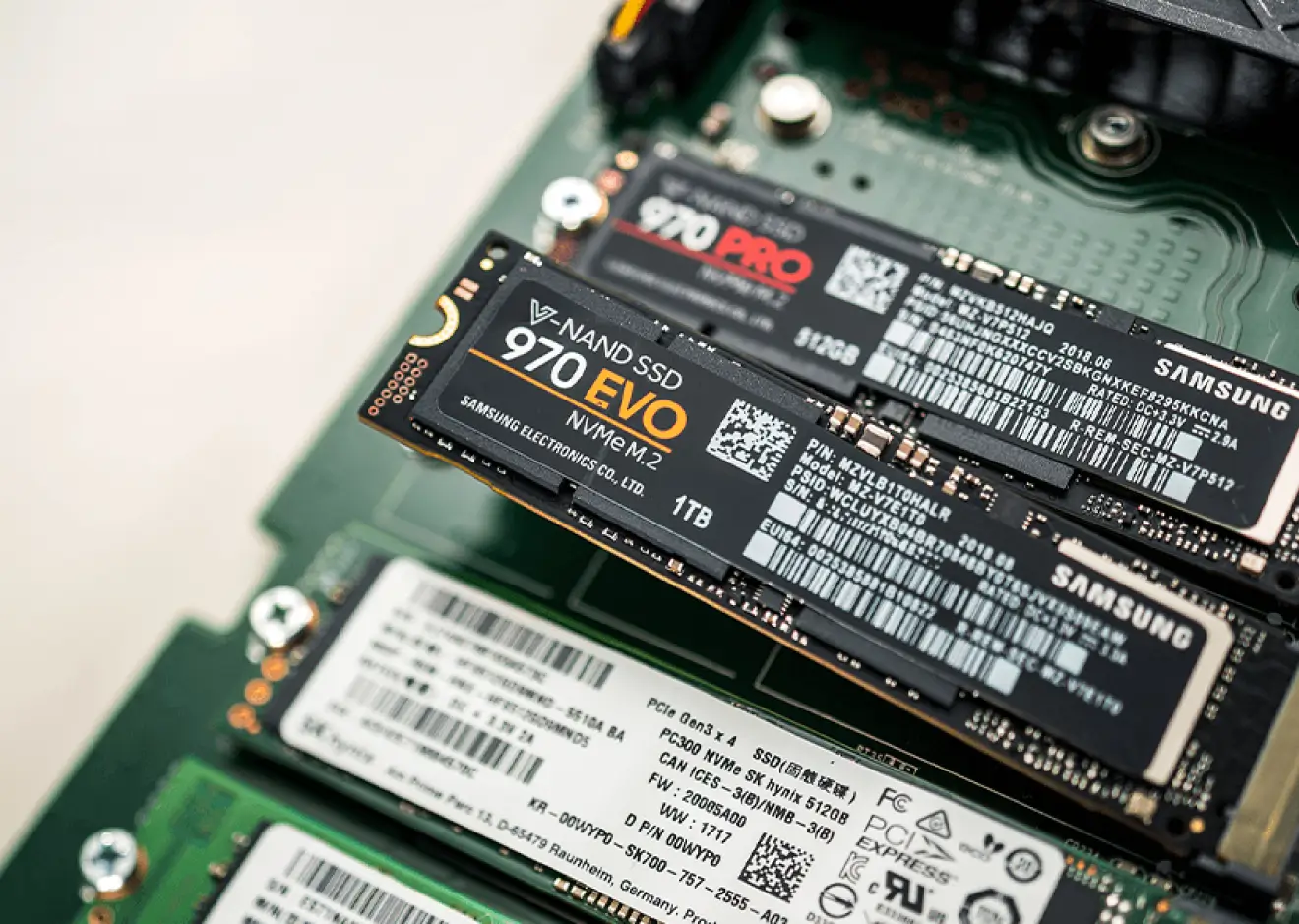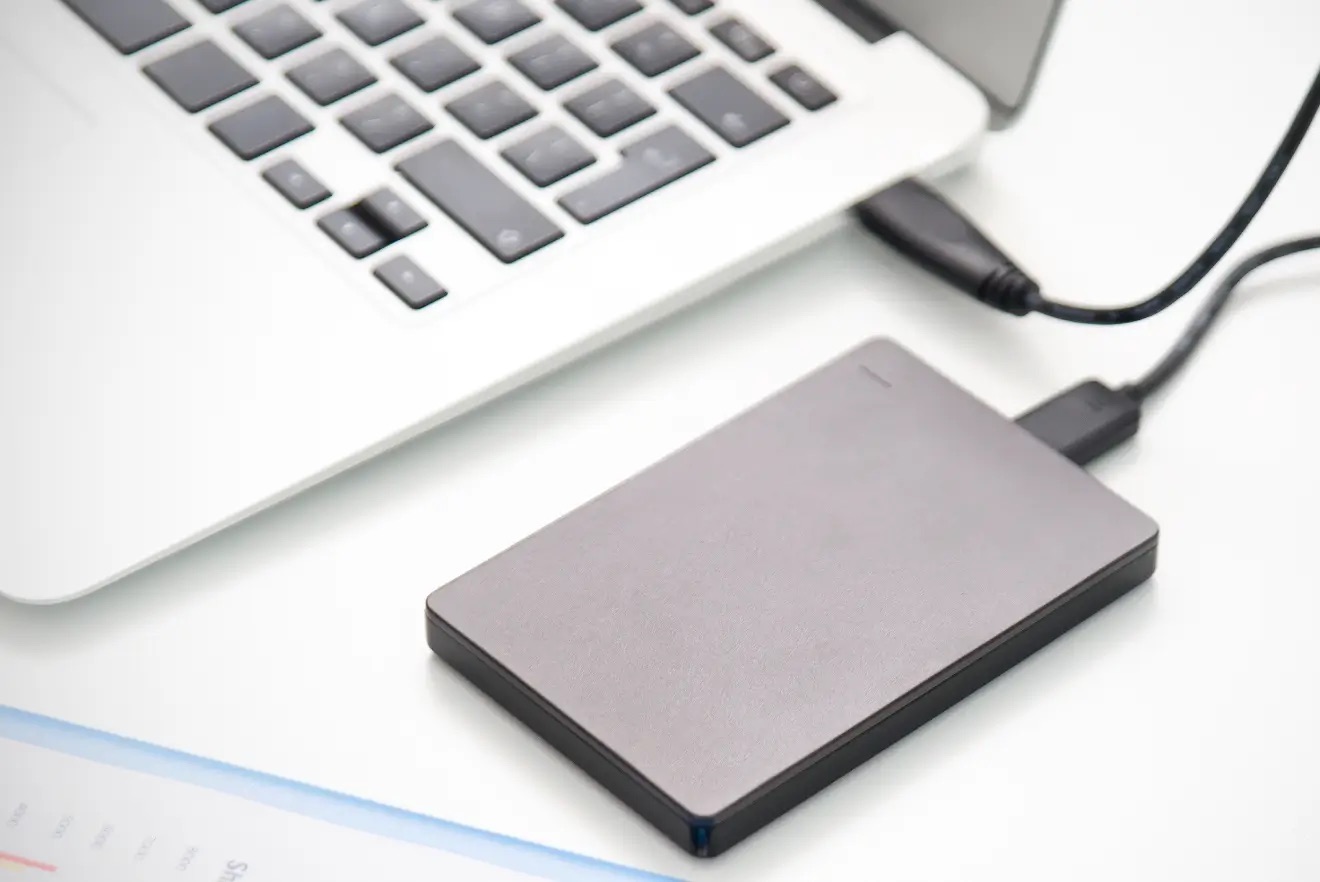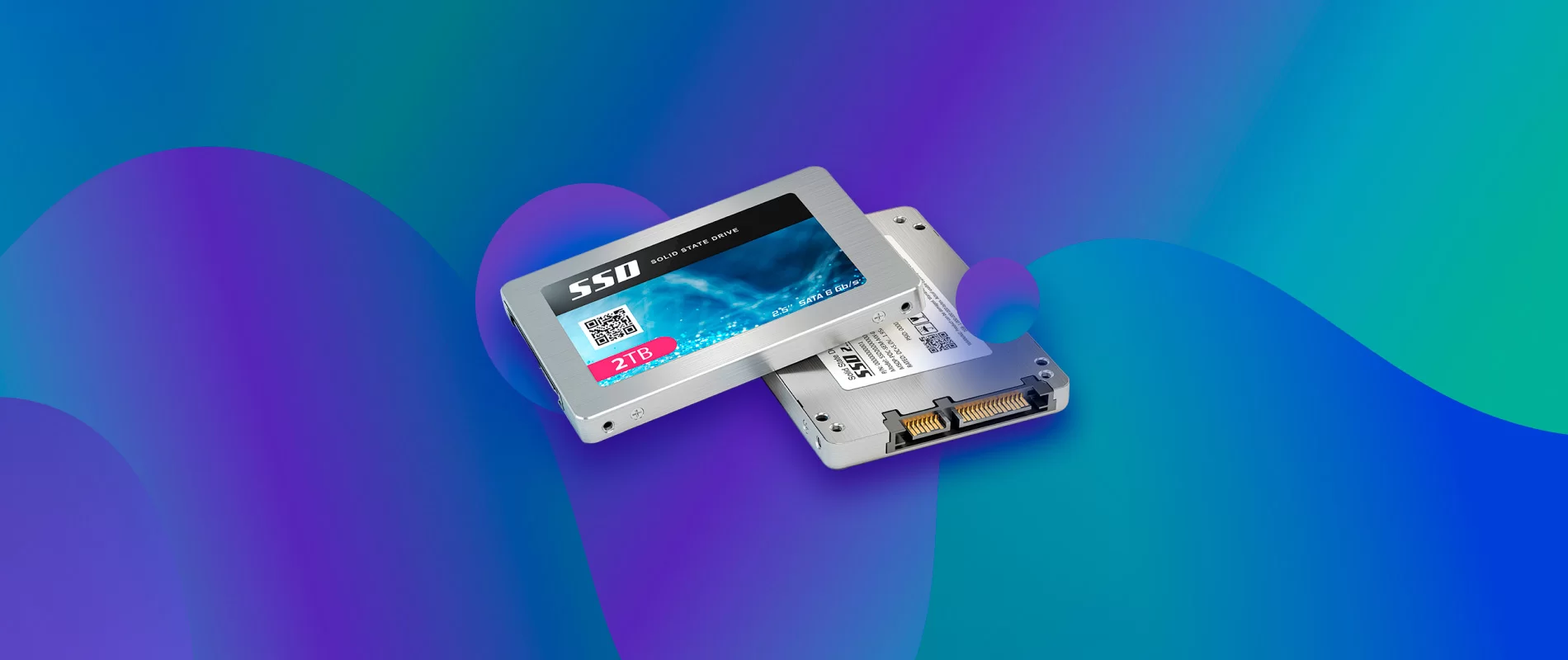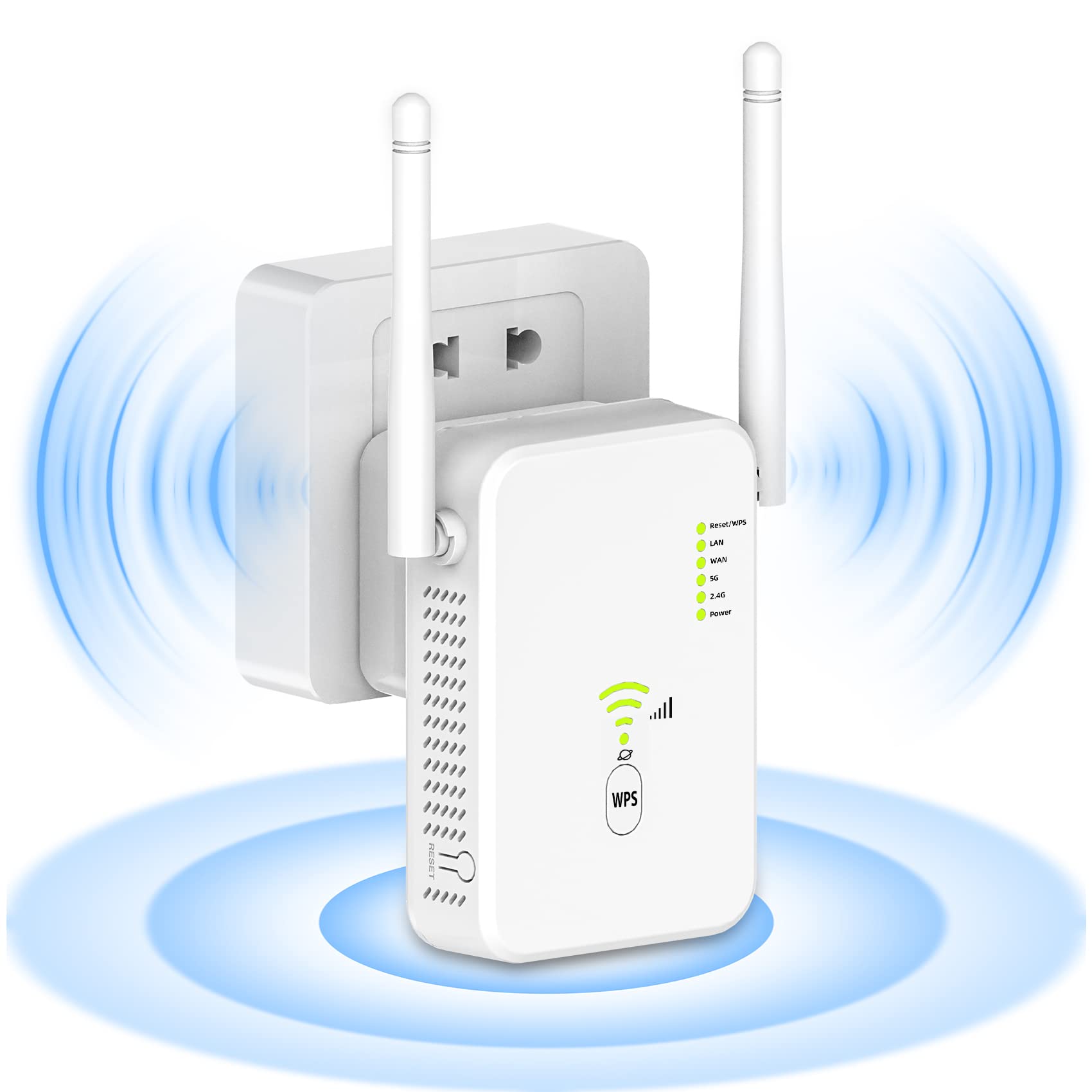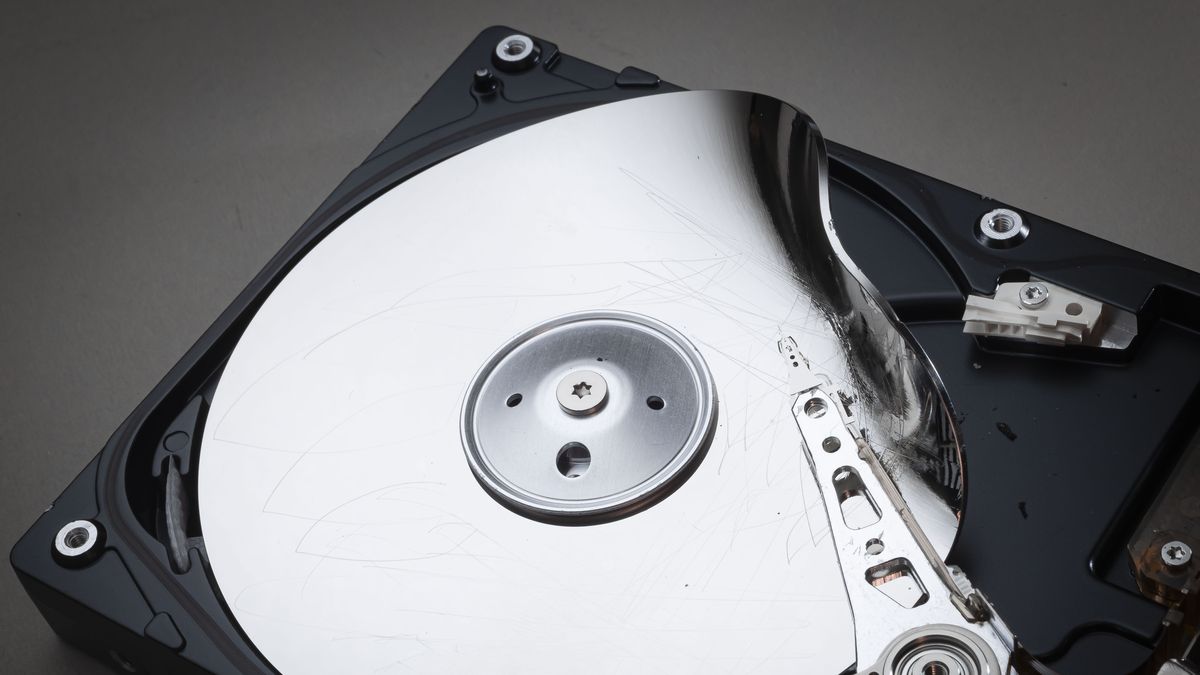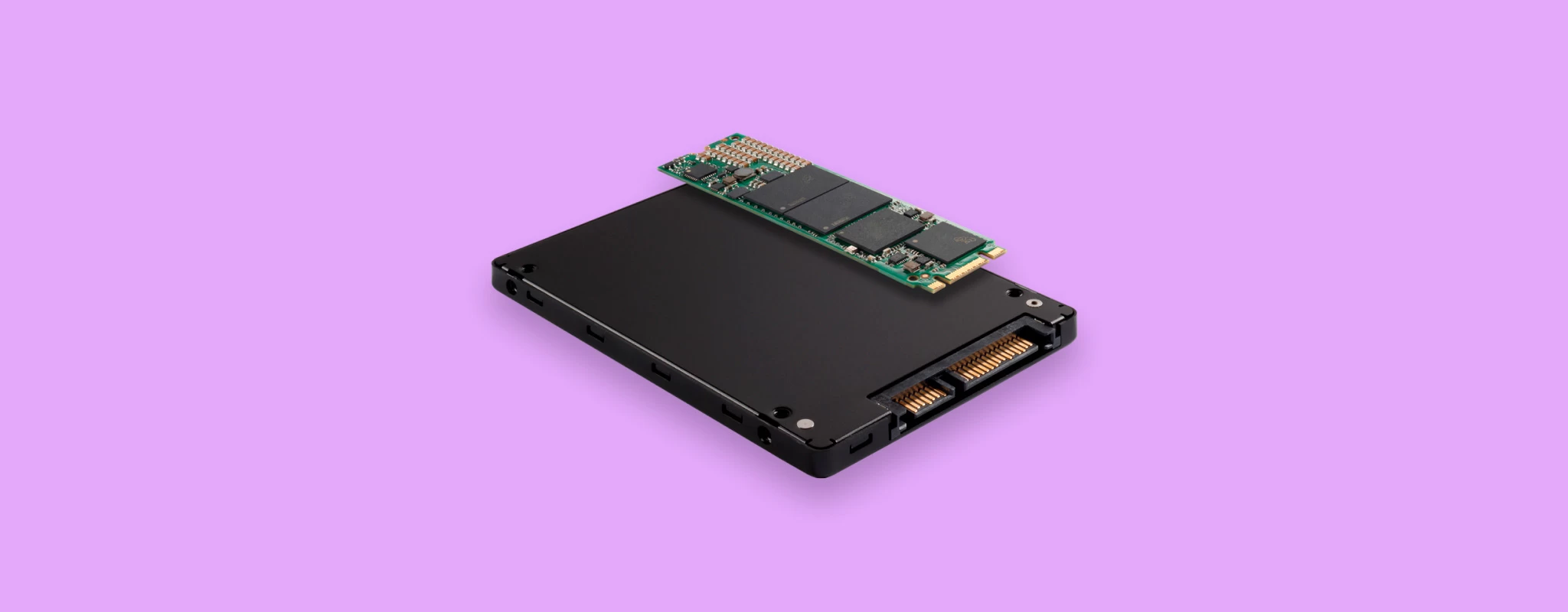Symptoms of a Dead External Hard Drive
An external hard drive is a convenient and reliable device for storing your important files and data. However, just like any electronic device, external hard drives can fail and become unusable. It is important to be aware of the common symptoms of a dead external hard drive, so you can take appropriate action to prevent data loss.
One of the clear indicators of a dead external hard drive is the failure to power up or be recognized by your computer. If you connect the device to your computer and it doesn’t show up in the file explorer or disk utility, it could be a sign that the hard drive has failed.
Another symptom is unusual noises coming from the external hard drive. If you hear clicking, grinding, or buzzing sounds, it may indicate a mechanical issue with the drive. These sounds indicate that the read/write head or other components are malfunctioning, rendering the drive unable to properly read or write data.
Slow performance or freezing of the external hard drive can also be a sign of impending failure. If you experience prolonged delays accessing files or notice that the computer freezes when accessing the drive, it could be due to a failing hard drive.
Additionally, frequent error messages or corrupted files on the external hard drive can point to a dying drive. If you consistently encounter error messages indicating that the drive is inaccessible, files are unreadable, or the file system is corrupted, it is likely due to a failing hard drive.
Lastly, if you notice physical damage or signs of wear and tear on the external hard drive, such as cracked casing, loose components, or exposed wiring, it may indicate an internal failure of the drive.
It is important to note that these symptoms may also occur due to other issues, such as faulty cables or software conflicts. Therefore, further troubleshooting is necessary to confirm whether the problem lies with the external hard drive itself or the connection.
How to Determine if the Issue is with the Drive or the Connection
When your external hard drive exhibits symptoms of failure, it’s important to determine whether the issue lies with the drive itself or the connection. Here are some steps you can take to troubleshoot and identify the root cause:
1. Check the cables: Start by ensuring that all the cables connecting the external hard drive to your computer are securely plugged in. Sometimes, loose or damaged cables can cause connectivity issues. Try using different cables or ports to rule out any problems with the connection.
2. Test on another device: Connect the external hard drive to a different computer or another compatible device. If the drive works fine on the other device, it suggests that the issue is with your computer’s connection or settings, rather than the drive itself.
3. Try a different USB port: If you’re using a USB connection, try connecting the external hard drive to a different USB port on your computer. This helps determine if the issue lies with a particular port, which may be faulty or not providing enough power to the drive.
4. Use disk management tools: On Windows, you can open the Disk Management tool to check if the external hard drive is recognized and assigned a drive letter. If it’s listed in the tool but without a drive letter, you can assign one manually. On macOS, go to Disk Utility to check if the drive is detected and mountable.
5. Update drivers and firmware: Outdated drivers can cause compatibility issues between the external hard drive and your computer. Visit the manufacturer’s website to check for any available driver or firmware updates specifically for your external hard drive model.
6. Check for disk errors: Run disk diagnostic tools like CHKDSK (Windows) or Disk Utility (macOS) to scan for any errors on the external hard drive. These tools can help identify and fix any file system or disk errors that might be causing the drive to malfunction.
If you’ve gone through these steps and the external hard drive continues to show signs of failure, it is likely that the issue is with the drive itself. In such cases, it’s important to explore options for data recovery and repair or consider replacing the drive altogether.
Steps to Troubleshoot a Potential Dead External Hard Drive
Discovering that your external hard drive may be dead can be a distressing situation, but there are several troubleshooting steps you can take before giving up hope. Here’s a guide to help you troubleshoot and potentially revive your dead external hard drive:
1. Check power and connections: Ensure that the external hard drive is receiving power and that all cables are securely connected. Try using a different power adapter or USB cable to rule out any potential issues with the power source or cables.
2. Test on another computer: Connect the external hard drive to a different computer to see if it is recognized. If it works on another computer, it suggests that the problem may lie with the original computer’s hardware or software settings.
3. Change the drive letter: In the Disk Management tool on Windows or Disk Utility on macOS, try assigning a new drive letter or mount point to the external hard drive. Sometimes, conflicts with other devices or drive letters can cause the drive to become inaccessible.
4. Update drivers and firmware: Visit the manufacturer’s website and check for any available driver or firmware updates for your external hard drive model. Outdated firmware or incompatible drivers can cause issues and updating them may resolve the problem.
5. Run hardware diagnostic tests: Some manufacturers provide diagnostic tools specific to their hard drives. Use these tools to run tests on the external hard drive’s hardware and check for any potential failures or errors.
6. Data recovery attempts: If the external hard drive is still unresponsive, you may want to consider data recovery options. Consult a professional data recovery service or use data recovery software designed to retrieve lost files from malfunctioning drives.
7. Contact manufacturer support: If your external hard drive is still under warranty, it’s worth contacting the manufacturer’s support for guidance. They may be able to provide additional troubleshooting steps or arrange for a repair or replacement if necessary.
Remember, these troubleshooting steps may not always revive a dead external hard drive, but they provide a starting point to determine if there is a potential solution. If all attempts fail and your data is valuable, it is advisable to seek professional assistance to recover your files or consider replacing the external hard drive.
Recovering Data from a Failed External Hard Drive
Experiencing a failed external hard drive can be devastating, especially if you haven’t backed up your important data elsewhere. However, there are potential ways to recover the data from a failed external hard drive. Here are some options to consider:
1. Professional data recovery services: If the data on your failed external hard drive is crucial and you’re unable to access it, you can seek the help of professional data recovery services. These services have specialized tools and expertise to recover data from various types of storage devices, including failed external hard drives. However, keep in mind that professional data recovery can be expensive.
2. DIY data recovery software: There are several data recovery software applications available that you can use to attempt to recover data from a failed external hard drive. These software programs often have user-friendly interfaces and comprehensive scanning features to retrieve lost or inaccessible files. However, the success of DIY data recovery depends on the extent of the drive’s failure and the condition of the data.
3. Freezing the hard drive: This technique involves placing the failed external hard drive in a sealable plastic bag and placing it in the freezer for a few hours. The idea is that the cold temperature contracts the components inside the drive temporarily, allowing you to access it and copy the data onto another storage device. However, this is a temporary solution and should be used as a last resort and with caution.
4. Swapping components: If the external hard drive has suffered a mechanical failure, such as a faulty motor or damaged read/write head, you can attempt to swap these components with those from a similar working drive. However, this method requires technical knowledge and experience with hard drive repairs, so it is best left to professionals.
5. Learn from mistakes: To avoid future data loss, it’s essential to learn from the experience of a failed external hard drive. Implement a regular backup strategy, either using cloud storage or additional external hard drives. This ensures that your data remains safe and accessible even if one storage device fails.
Remember, data recovery from a failed external hard drive is not always guaranteed. It depends on the nature and extent of the failure. It is crucial to act quickly, stop using the drive to prevent further damage, and consider professional assistance if the data is valuable or irreplaceable.
Options for Repairing or Replacing a Dead External Hard Drive
When faced with a dead external hard drive, you may be wondering if repair is possible or if you need to replace the device altogether. Here are some options to consider:
1. Contact the manufacturer: If your external hard drive is still under warranty, reaching out to the manufacturer is a good first step. They may offer repair services or provide a replacement if the drive cannot be fixed. Be sure to check the warranty terms and conditions for coverage.
2. Professional data recovery services: If the issue with your external hard drive is data-related rather than a hardware failure, professional data recovery services can help retrieve your important files. These services specialize in recovering data from malfunctioning storage devices, but keep in mind that they can be expensive.
3. Seek out local repair shops: Some repair shops specialize in fixing electronic devices, including external hard drives. It’s worth checking with local repair centers to see if they offer services specifically for dead or damaged external hard drives. However, be sure to research their expertise and reputation before entrusting your valuable data to them.
4. Attempt DIY repairs: If you have technical knowledge and experience with electronic devices, you may consider attempting to repair the external hard drive yourself. However, it’s important to note that opening the drive can void the warranty and may further damage the device if not done correctly. DIY repairs for dead external hard drives are generally not recommended unless you are confident in your skills.
5. Replace the hard drive enclosure: In some cases, the issue with the external hard drive may lie with the enclosure rather than the actual hard drive. By replacing the enclosure, you can salvage the internal hard drive and continue using it. This option is more cost-effective than buying a new external hard drive, especially if the drive itself is still functional.
6. Purchase a new external hard drive: If the dead external hard drive cannot be repaired or the cost of repair outweighs the value of the drive, it may be time to consider buying a new one. When choosing a new external hard drive, consider factors such as storage capacity, connectivity options, and reliability to meet your specific needs.
Ultimately, the best option for repairing or replacing a dead external hard drive depends on factors such as warranty coverage, data importance, cost, and your own technical abilities. Assessing these factors will help you make an informed decision that suits your specific situation and requirements.
Preventing Data Loss on External Hard Drives
Data loss on external hard drives can be a frustrating and potentially devastating experience. To minimize the risk of losing important data, it’s essential to implement preventive measures. Here are some tips to help you prevent data loss on your external hard drives:
1. Regularly back up your data: Create a backup strategy to ensure that your data is safely stored in multiple locations. Schedule regular backups of your external hard drive to another external drive, cloud storage, or a network-attached storage (NAS) device. This way, even if one storage device fails, you will still have a copy of your important data.
2. Safely eject the external hard drive: Always use the appropriate methods to eject your external hard drive from the computer. This allows the system to properly unmount the drive and ensure that all data has been written before disconnecting. Abruptly disconnecting the drive can lead to data corruption or loss.
3. Protect your external hard drive from physical damage: Handle your external hard drive with care and store it in a safe and secure place. Avoid exposing it to extreme temperatures, humidity, or physical shock that could potentially damage the drive and render it unusable.
4. Keep your system and software up to date: Regularly update your operating system and any software or applications that interact with your external hard drive. Updates often include bug fixes and security patches that can prevent data loss due to software vulnerabilities.
5. Use reliable antivirus software: Install and regularly update reputable antivirus software to protect your system from malware and viruses. Malicious software can corrupt or delete your data, so it’s crucial to have strong protection in place.
6. Monitor the health of your external hard drive: Utilize tools that monitor the health and performance of your external hard drive. These tools can alert you of any potential issues, such as high temperatures or impending drive failure, allowing you to take proactive steps to prevent data loss.
7. Avoid excessive read/write operations: Try to minimize unnecessary or excessive read/write operations on your external hard drive. Continuous heavy usage can contribute to drive wear and tear, increasing the likelihood of failure over time. Be mindful of how you use and access your data on the drive.
8. Handle power outages and surges: Use a surge protector or uninterruptible power supply (UPS) to protect your external hard drive from power outages and voltage fluctuations. Sudden power loss or surges can cause data corruption or damage to the drive’s components.
9. Regularly scan for errors: Use disk scanning and repair tools, such as CHKDSK (Windows) or Disk Utility (macOS), to periodically check your external hard drive for errors. These tools can identify and fix file system errors before they lead to data loss.
By implementing these preventive measures, you can significantly reduce the risk of data loss on your external hard drives. Taking proactive steps to protect and preserve your data ensures that your important files remain safe and accessible for years to come.







